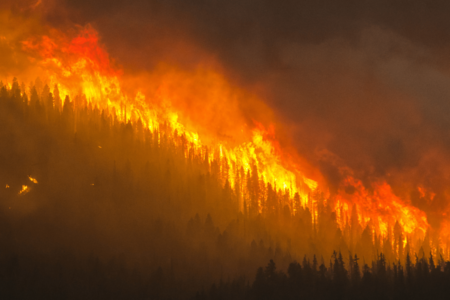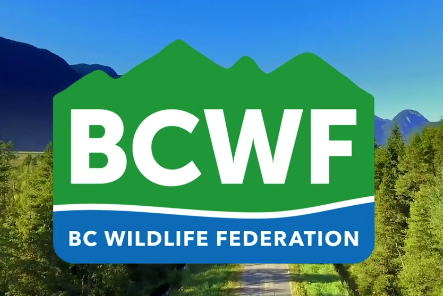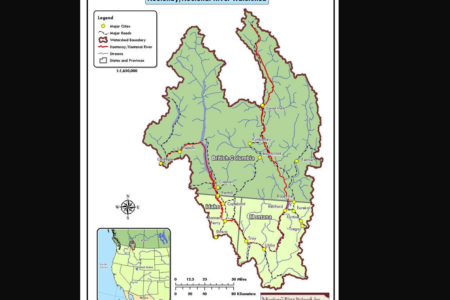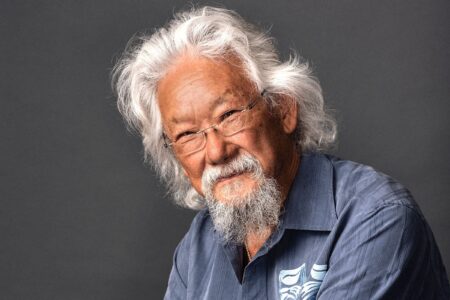Using the trees to save the forest
The largest forest carbon project in North America has a Kootenay original at its heart.
The 55,000-hectare Darkwoods forest southeast of Nelson is helping the Nature Conservancy of Canada raise $4 million by selling carbon credits from it to protect the land.
This sale of carbon credits is raising the bar for conservation in Canada, said John Lounds, president and CEO of the private land conservation organization, in a press release.
“By harnessing the power of the carbon market, the Darkwoods Carbon pilot project represents an innovative new avenue for helping to fund great conservation projects,” he said.
The initial sale is of carbon credits that are the equivalent of 700,000 tonnes of carbon dioxide emissions, to Pacific Carbon Trust (PCT) and ERA Ecosystem Restoration Associates.
The Darkwoods Carbon pilot project represents the first of its kind in Canada. It is one of the highest quality and largest forest carbon projects to date in North America.
Carbon financing enables NCC to carry out the stewardship of Darkwoods, resulting in additional carbon being sequestered over time, in comparison to what would have happened had the property been logged in the absence of NCC’s conservation efforts.
This project also opens the door for other landowners and conservation groups to consider the use of carbon credits (and this approach) as a means of helping finance the conservation of natural areas that are also longstanding carbon sinks.
A key component of this pilot project is to ensure it remains authentically conservation-based at every step, meaning that NCC sought partners who have indicated a commitment to reducing their carbon footprint.
“The Darkwoods Carbon pilot project represents one of the highest quality forest carbon projects to date in North America and is an important achievement for the Nature Conservancy of Canada,” said Dr. Robert J. Hrubes, Senior Vice President of Scientific Certification Systems, a third-party validator on the Darkwoods Carbon pilot project. “The unique methodology developed by the project team will benefit the entire carbon industry.”
The long-term protection of Darkwoods will support a diversity of plants, animals and ecological communities that thrive on the property, including an endangered herd of mountain caribou and an isolated population of grizzly bear.
Facts
- The forests of Darkwoods contain more than 17 different tree species, one of the highest diversity of trees in British Columbia.
- Darkwoods is home to 19 confirmed threatened or endangered species.
- 700,000 tonnes of carbon dioxide emissions are approximately equal to the emissions of 120,000 SUV’s or 200,000 small North American cars in a year.
- Carbon credits can be traded to counterbalance the production of greenhouse gases generated by industry, transportation or other activities.
How NCC uses trees to save the forest
The NCC and 3GreenTree Ecosystem Services and ERA Ecosystem Restoration Associates developed an Improved Forest Management methodology for quantifying the amount of carbon stored in temperate and boreal forests where timber harvesting is planned.
Vancouver-based pioneer in carbon projects, ERA, has purchased 250,000 credits, which will flow into to the European voluntary market through their German partners, the Forest Carbon Group AG.
This methodology was approved by Det Norske Veritas and Rainforest Alliance to the internationally recognized Verified Carbon Standard (VCS).
The Darkwoods carbon project was validated by Rainforest Alliance and verified by Scientific Certification Systems, two of the worlds leading independent carbon auditors.
Successful validation and verification by these bodies ensures the project meets the highest international standards for accountability, making the Darkwoods Carbon Project one that produces and maintains tangible environmental benefits over the life of the project.
History
Darkwoods and the surrounding mountains have a long history of human use by First Nations groups, primarily the Ktunaxa, dating back thousands of years.
The 20th Century was a time of intensifying resource use as towns were established and the population grew.
The expanse of land that is now Darkwoods first became a property in 1897 when it was named a Crown grant to the Nelson & Sheppard Railway. The property passed through the hands of six different resource companies until 1967, when it was bought by a German Duke.
For the next 40 years, the Duke’s forestry company, Pluto Darkwoods, maintained a European-style sustainable forestry operation on the property. The company’s efforts to minimize the impact of the timber harvest on the overall health of the forest allowed the property to retain much of its ecological value.
In April 2008, the Nature Conservancy of Canada (NCC) purchased the Darkwoods lands from Pluto Darkwoods Forestry Corporation in the largest single private land purchase for conservation in Canadian history.
On July 1, 2009, Darkwoods became the BC Region’s eighth annual Gift to Canadians.
The Story of Darkwoods
Read the feature story about the Duke who loved Darkwoods and how the Nature Conservancy of Canada came to protect this magnificent property.
This article was published in the fall 2008 issue of The Ark.
Source: Nature Conservancy of Canada
























